
Using the engineering design process, students will collaborate to plan and build a tower...but not just any old tower! This "Tower with a Twist" has to include a suspended cup that can also hold
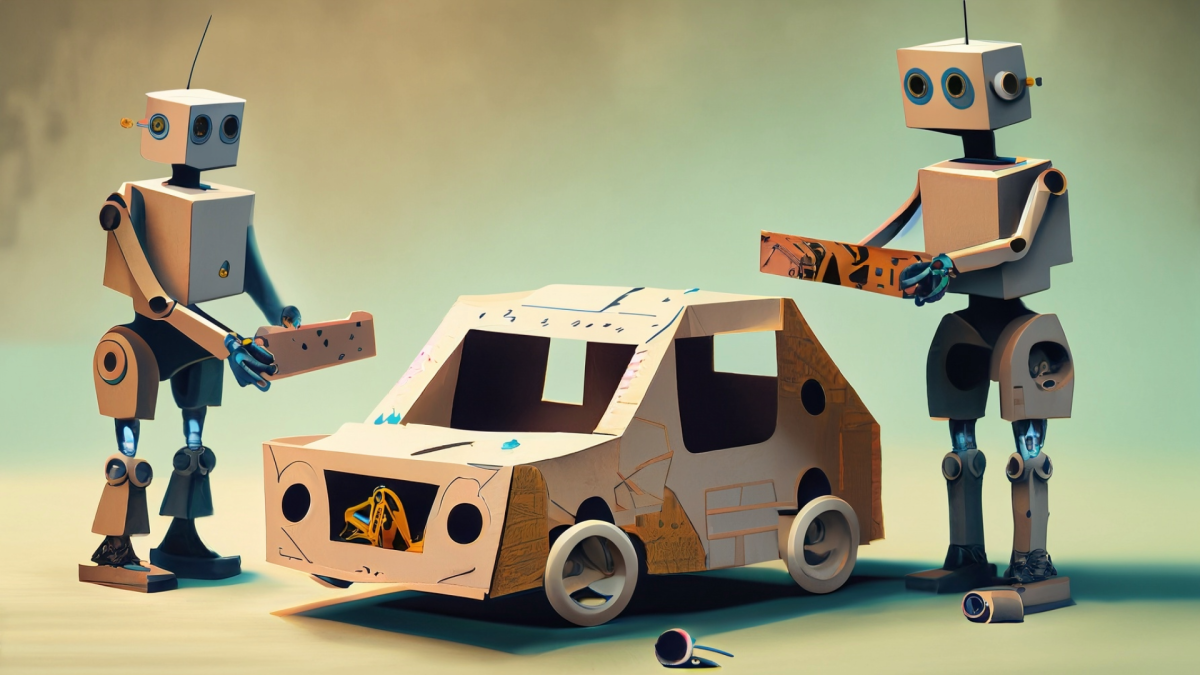
Sailing Down the Road: Part 2
This is part 2 of a two part lesson called Sailing Down the Road. In this lesson students will design a sail that can successfully catch the wind and cause their cardboard car (from part 1) to drive
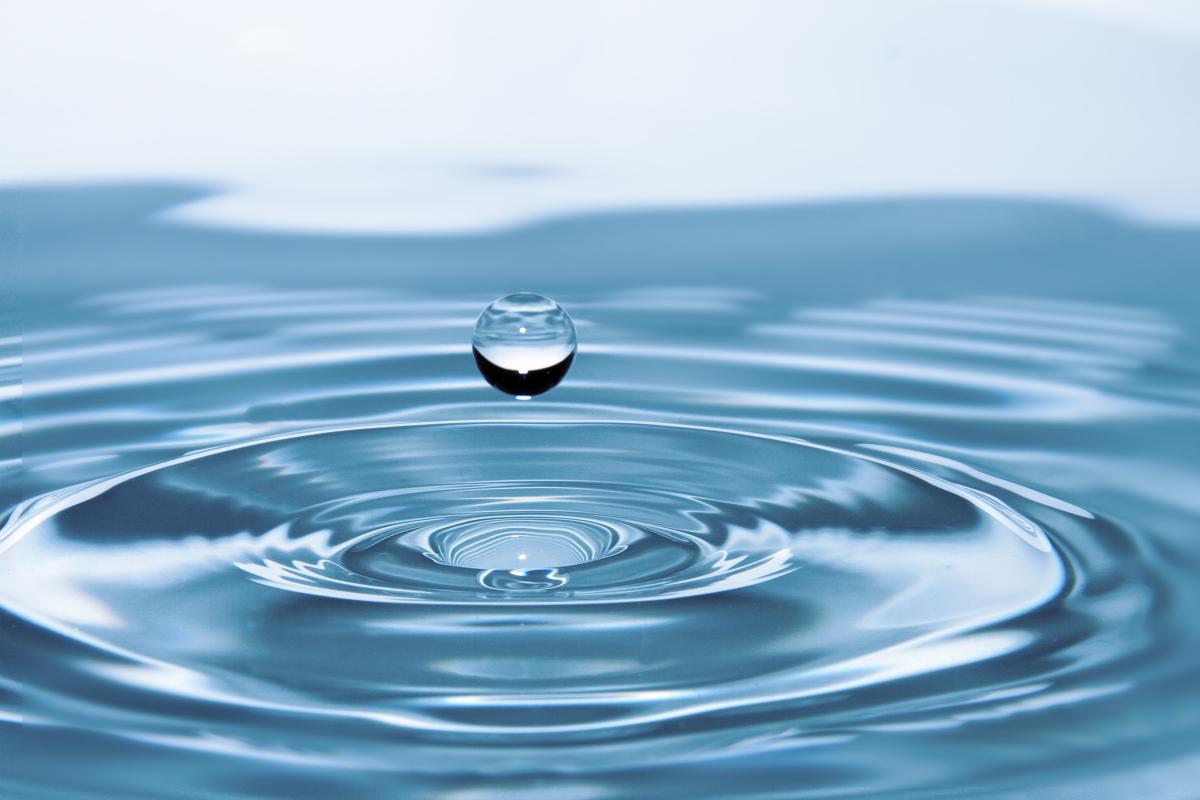
This lesson plan consists of two parts. The beginning of the lesson will introduce students to the 4 parts of the water cycle. During this time, they will be able to identify at which part the water

This is a lesson designed for 4th and 5th grade. It would come at the end of the unit on Force and Motion. It describes a wonderful machine called a Rube Goldberg Machine. This lesson includes an ELA
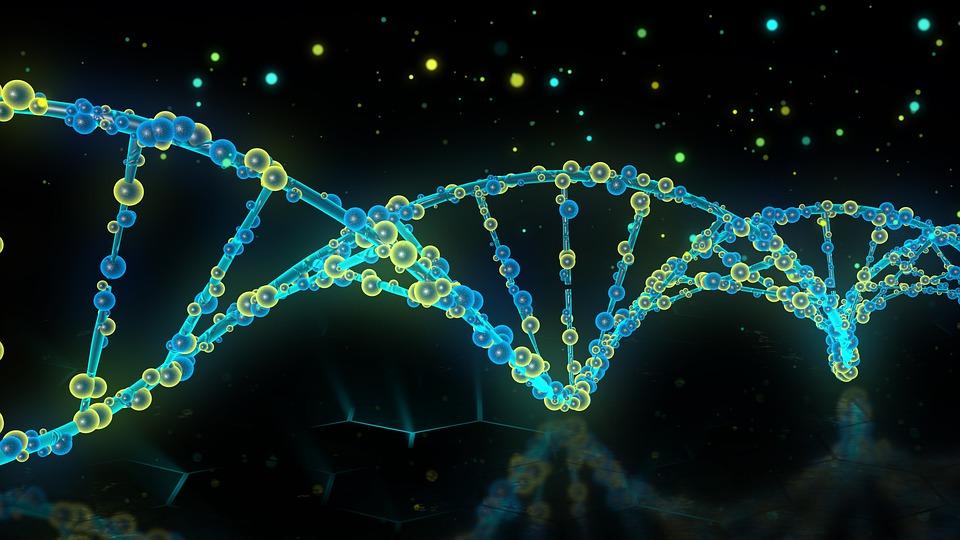
DNA, or Deoxyribonucleic Acid, is the molecule of life. DNA exists in every single organism, from the smallest bacteria to the largest mammal, and is the only known molecule that has the ability to
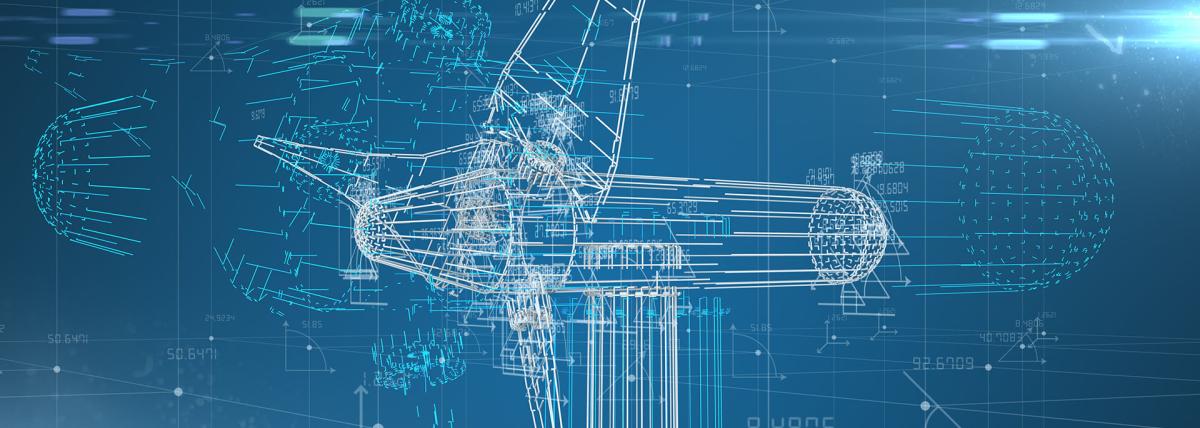
In this high school science/engineering lesson on exploring cracked steel, students will delve into the concept of cracked steel and its impact on structural integrity. They will define composites and

In this project, students will choose an environmental problem to research. They will look up why this problem is occurring and how it is harming the environment. Students will then come up with two
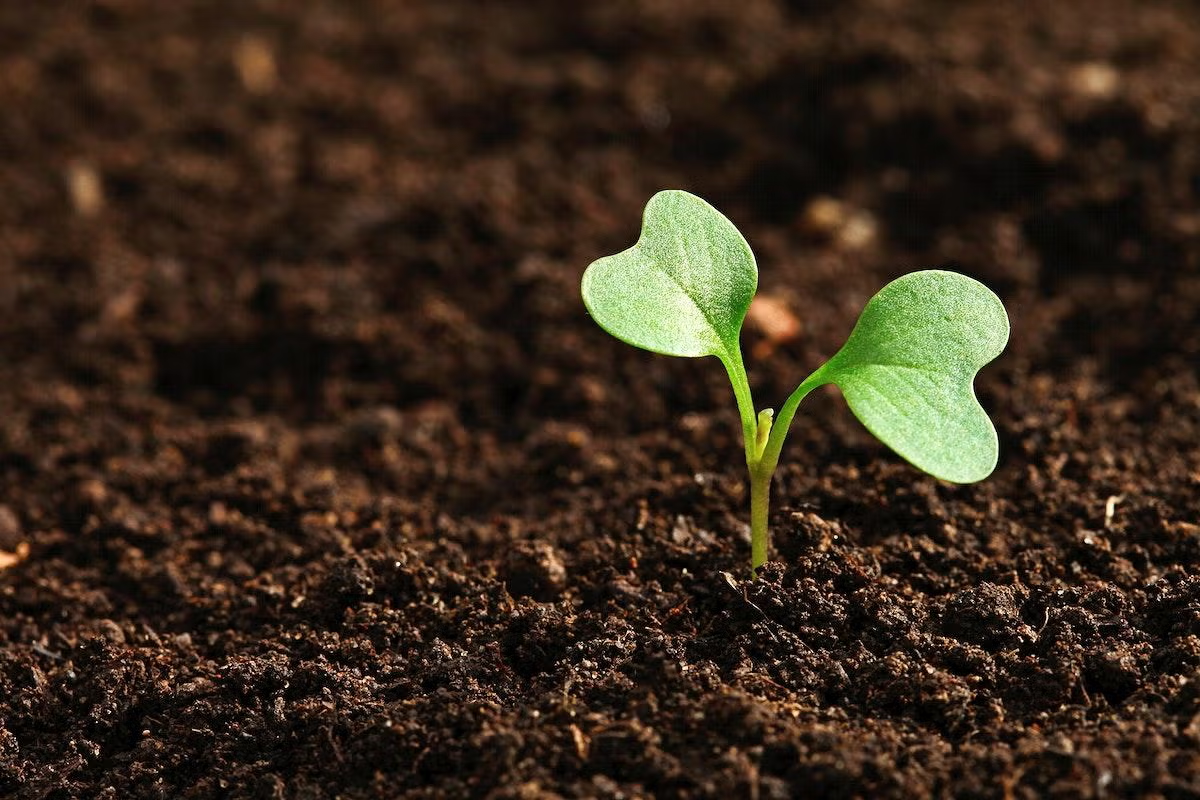
This lesson provides the students an opportunity to learn hands-on. They work as a worm biologist or Annelidologist, observing how the external features of the worm, such as its segmented body and

In this hands-on lesson, students will attempt two builds. Students will identify weaknesses and strengths in both of their structures. They will then evaluate the effectiveness of their builds.

I use this egg drop/crash lesson as an introduction to Energy and Energy Transfer in physics. Students understand basic kinematics, but I generally conduct this lesson before projectile motion, but it

Just like many things we do in our lives, pumpkin growth and coding follow a pattern. Students will learn the life cycle of a pumpkin and fill in a practice page that talks about the pumpkin's life

In part one of this two-part lesson series, students will learn about (or review) the force of push and pull and how this applies to energy transfer. Students will gain an understanding of these

In this STEM Challenge, students add materials to help their rock roll better. Then, they examine how to push and pull their rock.

This lesson is about the rock cycle. Students will start by cutting and folding paper crystals. Then students review what they already know about rocks and the rock cycle. They use their understanding

Students are tasked with using the Engineering Design Process to create a system of harvesting rainwater to meet the needs of residents in communities that have a scarce water supply (shortage of
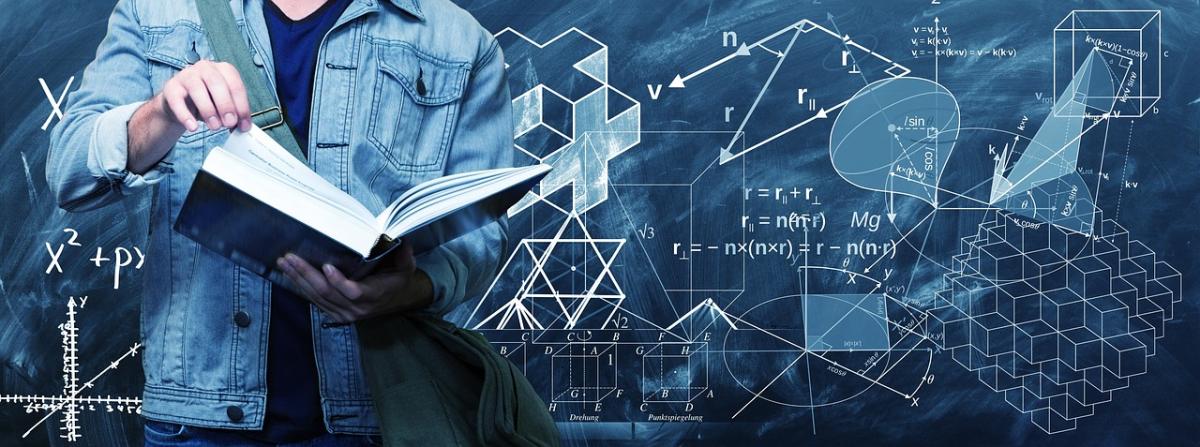
Students will discover the different facets of building a business including product and market research, marketing, cost and profit analysis, product design and more.

Students will discover the many different facets of building a business including product research, marketing, finances, cost and profit analysis, product design and more.
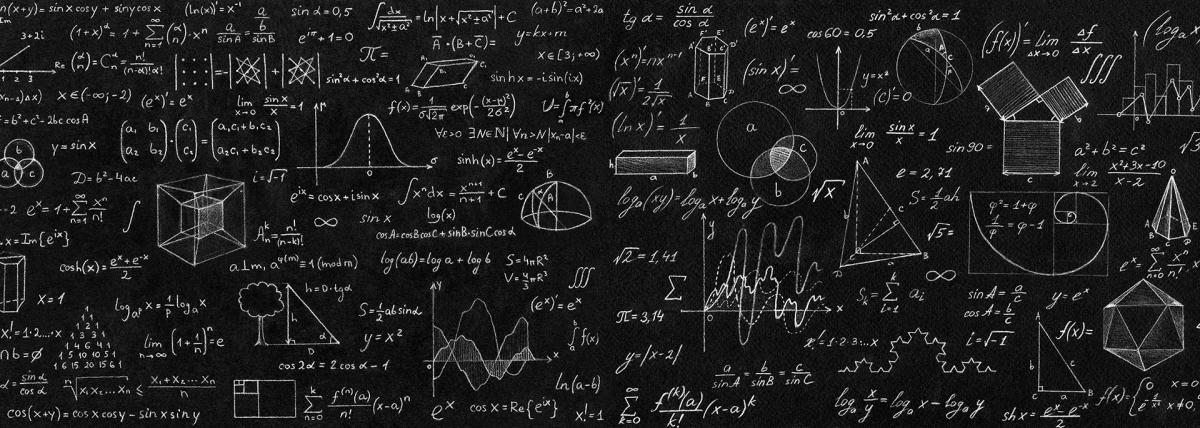
Students will use the engineering design process to complete 3 challenges. Each challenge gathers data and collects their engineering changes necessary to complete the challenge.

In this lesson, first-grade students will explore the concept of resource sharing in nature using dioramas. The lesson is designed to help students understand that living things, such as plants and
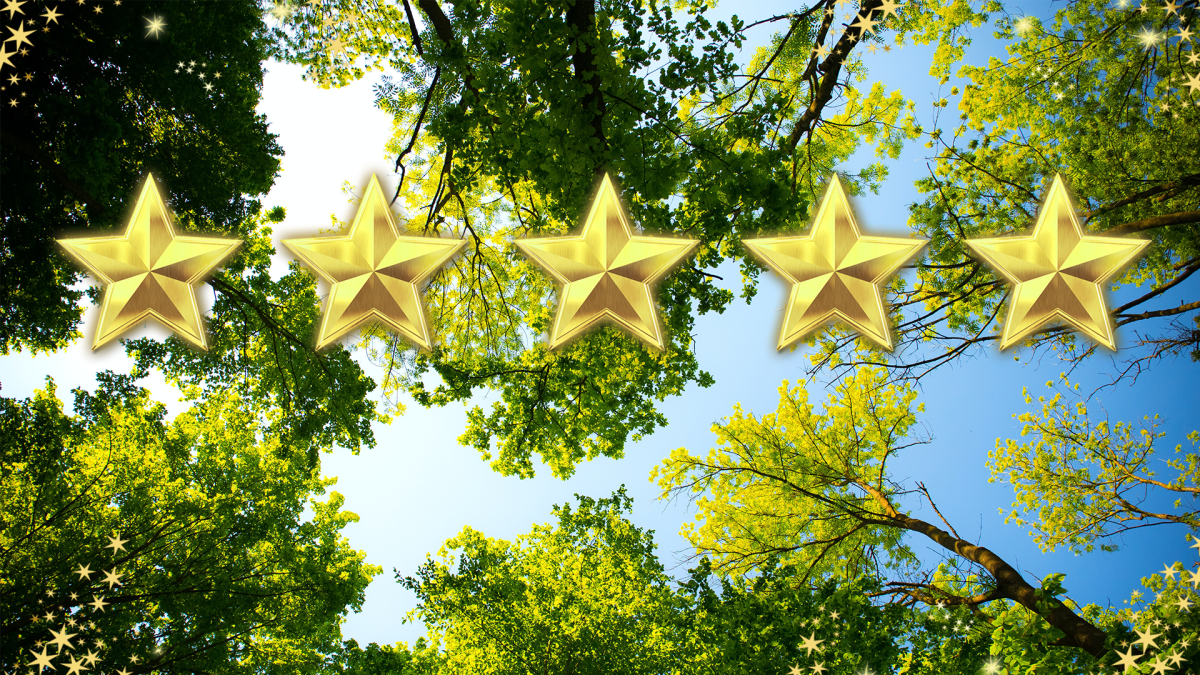
Ballooning Spider Phenomenon
Lesson Description: In this first-grade lesson, we will learn about the amazing world of spiders! We'll start by exploring the life cycle of a spider, from when it hatches to how it grows and changes

This lesson plan is designed for 8th graders to introduce the periodic table as well as learning how molecules are formed and what they look like. Students will engage in a Science, Technology, and
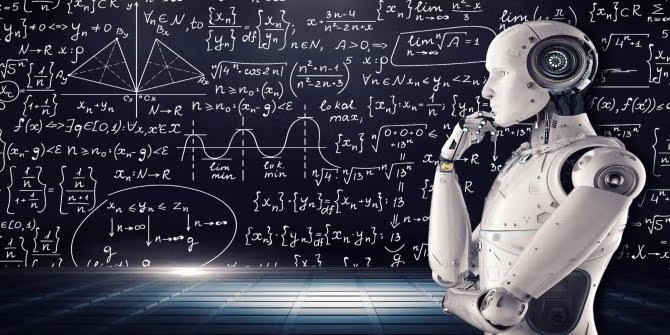
The students will create an interactive diorama using the Hummingbird Robotics kit on Natural Disasters. The students will choose their Natural Disaster that they want to bring to life, complete a

Students will be researching engineering design features that can be utilized to create buildings that can more effectively withstand the effects of a major earthquake. Students will work within a

Students will create their roller coaster model, test the transfer of energy, measure the distance of how far their marble traveled and compare their distance to the distance of others. *Printable


